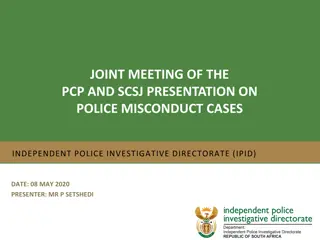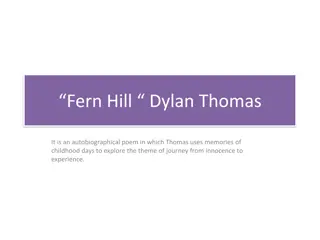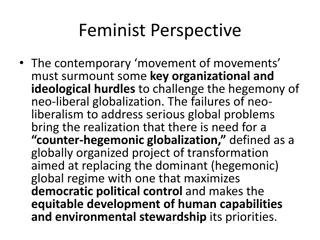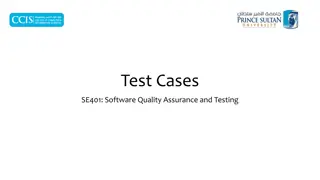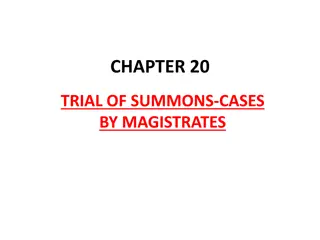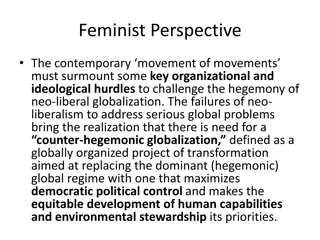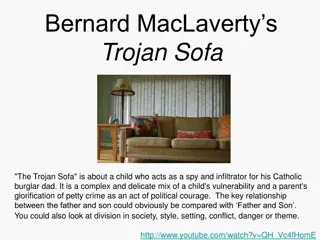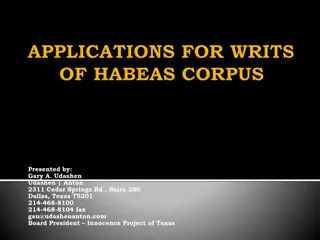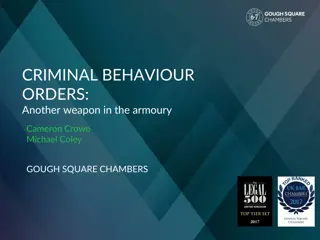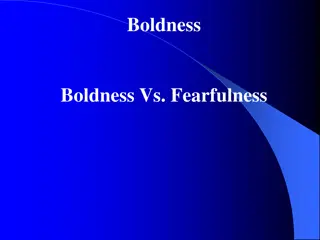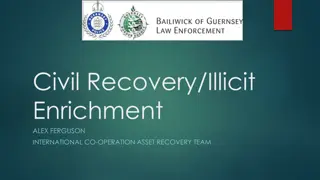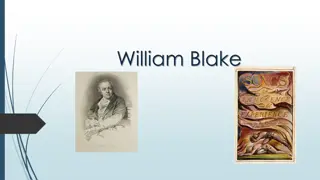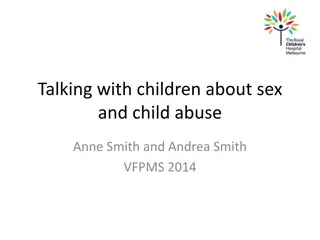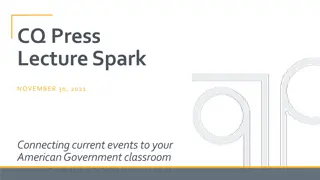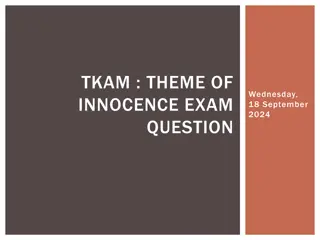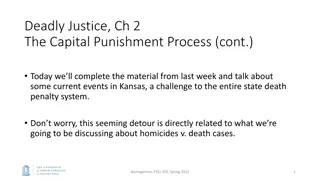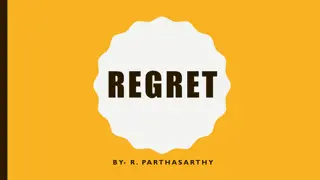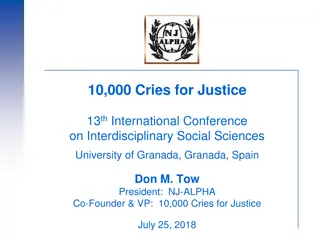Uncovering Injustices: Reevaluating Post-Conviction Innocence Cases
Examining cases of post-conviction innocence, this presentation challenges the narrative of guilt and underscores the importance of facts in legal decisions. Through detailed case studies and analysis, the speakers emphasize the critical role of new evidence, cross-disciplinary thinking, and the impact of flawed practices on wrongful convictions.
Download Presentation

Please find below an Image/Link to download the presentation.
The content on the website is provided AS IS for your information and personal use only. It may not be sold, licensed, or shared on other websites without obtaining consent from the author. Download presentation by click this link. If you encounter any issues during the download, it is possible that the publisher has removed the file from their server.
E N D
Presentation Transcript
Guilty until proven innocent Changing the narrative in post-conviction innocence cases MACDL Post-conviction Seminar March 16, 2018 Lisa M. Kavanaugh & Ira Gant CPCS Innocence Program 21 McGrath Highway, Somerville MA 02143
Facts win innocence cases. 12 NTMs allowed 11 allowed in trial court Facts change the narrative of guilt. ONLY 1 failed in trial court but succeeded on appeal. Facts begin in trial court. Changing the narrative
Abuse of discretion Clear error Affirming allowance Sullivan (2014) (IP) Brescia (2015) Ellis (2016) (IP) Rosario (2017) (IP) Reversing denial Cowels/ Mimms (2015) Cameron (2015) (IP) Epps (2016) Overturning allowance 0 out of 3 IP cases LeFave (1999) Kolenovic (2015) (IAC) Weichel (2006) 2017 exoneration Perrot (2003) 2017 exoneration Affirming denial 12 out of 15 IP cases (2 still pending) Too many others to count Appellate review of R. 30
No stone left unturned Treat as an unsolved case. Think across disciplines. Does new evidence cast old issues in new light? Tell a comprehensive new story of innocence. Give the Court a reason to avoid procedural bars Red flags Eyewitness ID (7 out of 12) Flawed Forensics (6 out of 12) (False) Confessions (3 out of 12) (Egregious) IAC (6 out of 12) Gov t misconduct (6 out of 12) Learning from success
National Registry of Exonerations: 5 Massachusetts exonerations in 2017
Confession: Voluntary Verdict: Guilty Appeal: Denied 3 NTMs: Denied Case study: Victor Rosario
Bad science Bad confession Bad actors Changing the narrative
Hot fast fire arson Greatest damage origin Separate origins arson Patterns accelerant Eyewitness Molotov INVESTIGATORS SWIFTLY CONCLUDE ARSON 9
ARSON THEORY FILTERED THRU INTERPRETER
Reject denials False evidence ploy Motivational ploys Formatting Kept at it all night INTERROGATORS SECURE CONFESSION IN ENGLISH
Delusional statements before interrogation Falls to floor Reports hallucinations (visual and tactile) Trial: guilt-induced or mental illness? COMPROMISED MENTAL STATE
FIRE SCIENCE CONFESSION Starting point Data collection Data interpretation Lack of scientific method Affect on interrogation Lack of fit Police questioning Rosario s state of mind Pre-trial & trial records Medical recs to present DA & Comm expert files Witnesses re-interviewed GLOBAL RE-INVESTIGATION
DAY ONE DAY TWO DAY THREE DAY FOUR DAY FIVE ROSARIO S SYMPTOMS PROGRESSION OF DELERIUM TREMENS SYMPTOMS New diagnosis revealed
FIRE SCIENCE CONFESSION SCIENCE 1982 trial: Molotov known 1992 NFPA 921 1995 NTM didn t raise 1997 first ventilation tests 2000 NAS endorse NFPA921 2010 Hebshie (1st Circuit) 1982 trial: only mentally ill suspects falsely confess. 1995 NTM didn t raise 1997 Ofshe/Leo paper 2004 DiGiambattista (MA) 2014 Hoose (MA) Known to scientists? Recognized/ admitted by courts? WHEN IS SCIENCE NEW?
FIRE SCIENCE CONFESSION Delirium diagnosis = new and substantial It s newly discovered But not enough to demonstrate justice may not have been done New evidence of coercive police tactics + social science research = new and substantial Because of confession Fire science adds weight to doubts re. confession TRIAL COURT RULING
NEW BUT NOT ENOUGH NEWLY AVAILABLE Grace (1986) - Newly discovered evidence may be material to whether justice done even if, standing alone, not enough to grant relief. Kobrin (2008) due diligence measured by what could be uncovered by counsel not byexperts Sullivan (2014) (DNA) same standard for newly available as for newly discovered evidence. LAW AT TIME OF RULING
Brescia, Brescia, 471 471 Mass. 381 Mass. 381 (2015) (2015) Epps, Epps, 474 474 Mass. 743 (2016) Mass. 743 (2016) Post-conviction analysis by expert in SBS/AHT case Affirms allowance required by extraordinary confluence of factors that hampered fairness. It doesn t matter whether science is new or trial counsel IAC* [I[f it appears that justice may not have been done, the valuable finality of judicial proceedings must yield to our system's reluctance to countenance significant individual injustices. Id. at 388 NT required due to confluence of counsel's failure to find such an expert and the evolving scientific research that demonstrates that a credible expert could offer important evidence in support of this defense. AN EMERGING NEW TEST
HOLISTIC ANALYSIS HOLISTIC ANALYSIS OLD AND NEW TOGETHER Cowels, 473 Mass. 607 (2015) Cameron, 473 Mass. 100 (2015) Overturndenialsof NTM Based on DNA exclusions from evidence previously characterized as inconclusive or insufficient to test. DNA exclusions invalidate the only independent proof of crime or D s involvement in it. Ellis, 475 Mass. 459 (2016) Affirms allowance of NTM Only some of records new New evidence can act in concert with previously known evidenceto influence jury s global view of evidence & integrity of investigation. Examined crosses, closings, new available strategies RELATED DEVELOPMENTS
BRESCIA + EPPS + ELLIS FUTURE IMPLICATIONS Confluence of factors combined to create a substantial risk of a miscarriage of justice. Confluence of errors reveals injustice Unfairness revealed by new fire science combined with these irregularities in interrogation: Medical diagnosis could have shaped evaluation of voluntariness Police tactics increased likelihood of false confession New arson science might have changed defense strategy re. whether fire set or accidental Flawed forensics causing confluence of errors that reveal injustice SJC APPROACH
Chapter 278A Litigation Different from Rule 30 Confessions, inculpatory statements not a bar to testing Evidence of guilt should not be considered Defendant s Affidavit of Innocence REAC standard IAC standard
Section 3 Motion Section 7 Hearing InitialThreshold Expansive discovery rule Pleading burden, elements under 3(b)(1)-3(b)(5) Not required to actually establish any 3(b) elements Trial court should not make credibility determinations or consider weight of evidence of guilt Hearing Threshold More limited discovery rule, Section 7(c) By a Preponderance burden Can consider case presented against defendant at trial (Clark and Moffat)
Wade II 467 Mass. 496 (2014) Donald 468 Mass. 37 (2014) Clark 472 Mass. 120 (2015) Coutu 88 Mass. App. Ct. 686 (2015) Robert Stevens 15-P-732 (Apr. 8, 2016) Lyons 89 Mass. App. Ct. 485 (2016) Wade III 475 Mass. 54 (2016) Marcos Sostre 15-P-1716 (June 9, 2017) Henry Martineau 16-P-652 (Oct. 12, 2017) Moffat 478 Mass. 292 (2017)
Marcos Sostre Henry Martineau Unpublished decision Motion denied, no hrg Evidence destroyed No REAC would have sought DNA testing of clothing, gun, and bag used by robber, because ski mask and scarf excluded Sostre pre-trial. Cited Wade II No contempt charges for police, under section 17 Unpublished decision Motion denied, no hrg Sought to test blood on glass, wine bottle, cork via Raman Spectroscopy Denied because testing would only impeach alleged victim, and could not possibly provide results material to identity of a perpetrator
Moffat Denied testing Moffat sought to test cigarette butts on street ~100-200 feet from body No potential materiality of DNA on cigarette butts Court said: no evidence besides Moffat s 278A affidavit and post- conviction pleadings links cigarette butts to shooting 278A Standard of Review Sec. 3 always de novo Sec. 7 motion judge Documents only de novo Witnesses abuse of discretion Sec. 7 trial judge Abuse of discretion (aka AOD plus) Statutory interp. de novo
Moffat Helpfully Results from 278A testing do not have to provide direct evidence of perpetrator s identity 278A results could be used with other evidence to establish ID Denied testing Court also said: no REAC would have sought DNA testing on cigarette butts, because no evidence at time of trial linked cigarette butts to shooting Unanswered: does this scale back Wade II s REAC example? Unanswered: what about the Martineau problem?
Lisa Kavanaugh, Director lkavanaugh@publiccounsel.net Ira Gant, Staff Attorney igant@publiccounsel.net Kristen Gondim, Support Specialist kgondim@publiccounsel.net Innocence Program Committee for Public Counsel Services 21 McGrath Highway, 2d Floor Somerville, MA 02143 617-209-5666
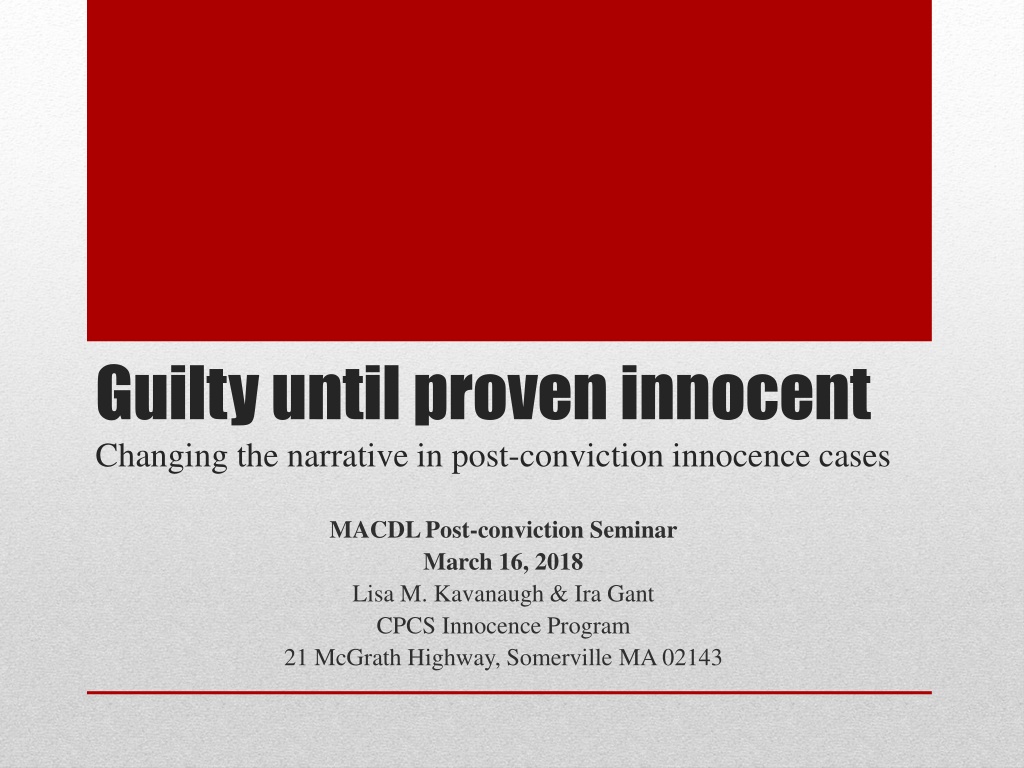
 undefined
undefined







